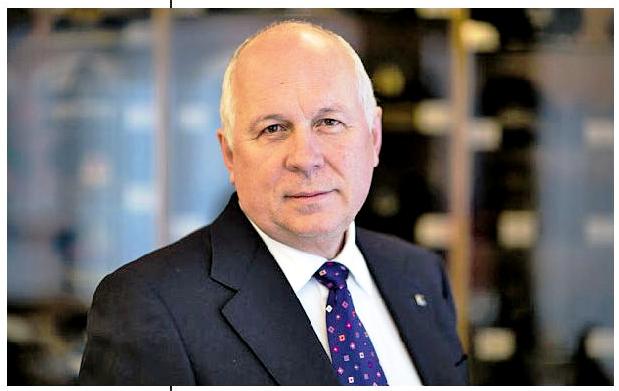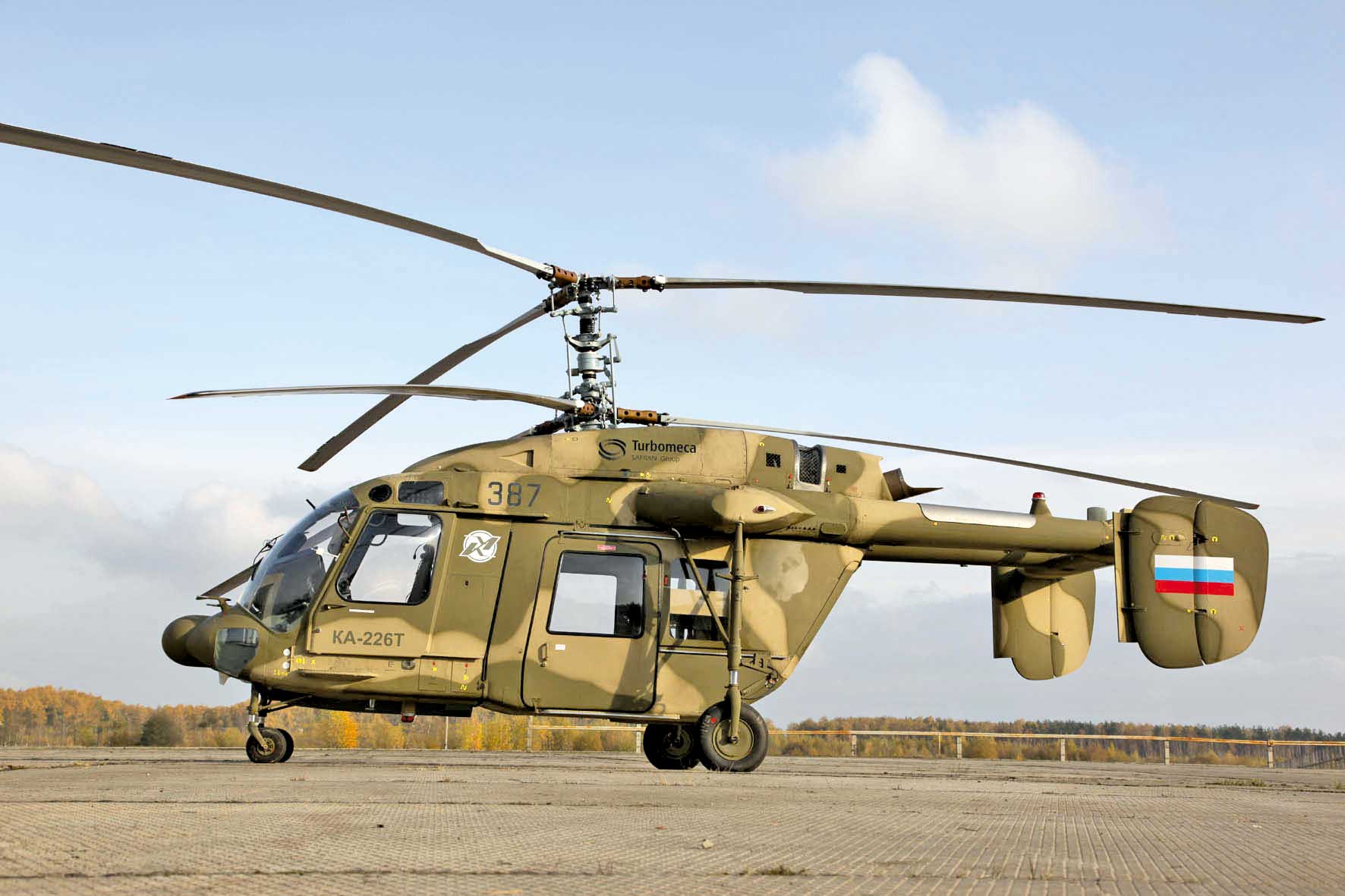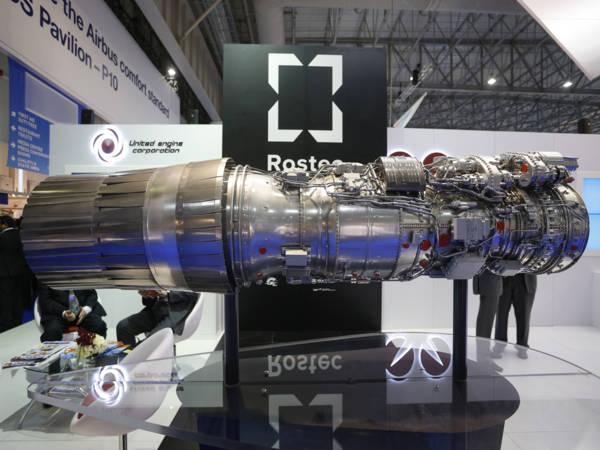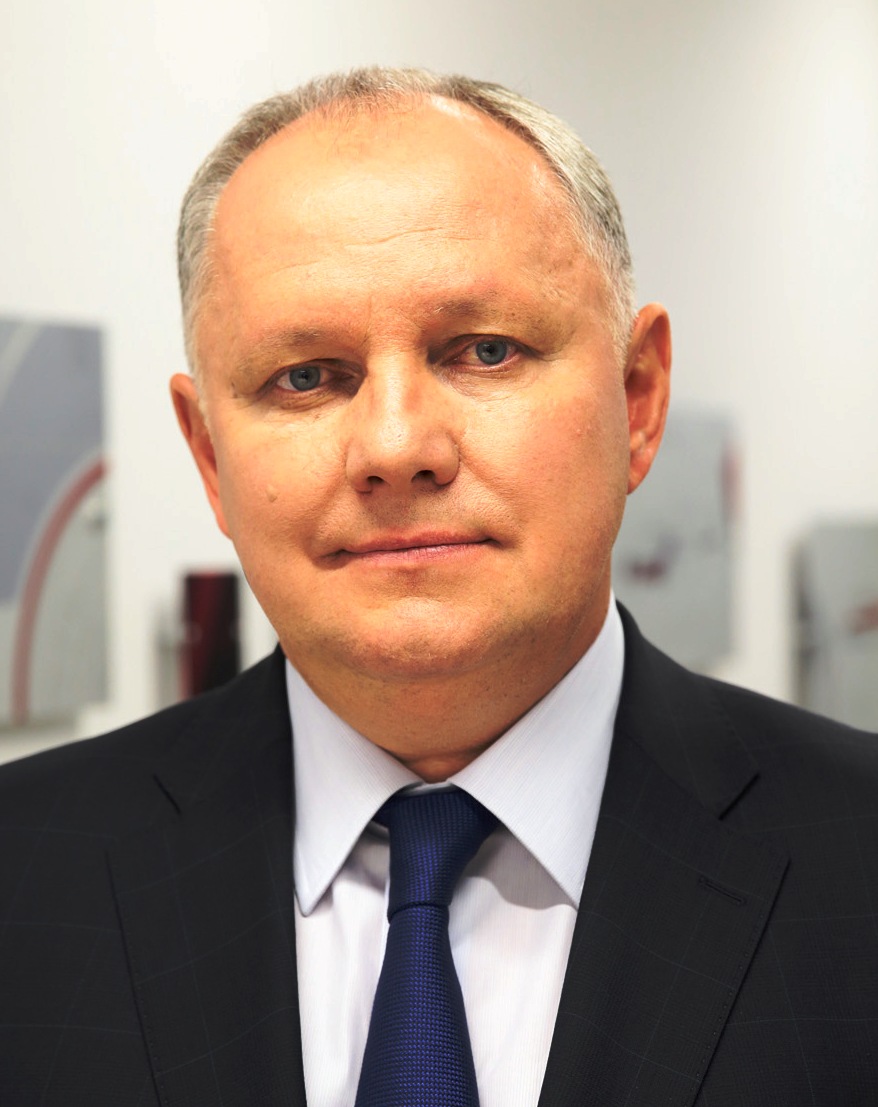An agreement in this regard between Rostec and HAL was signed during the recent visit of Prime Minister Narendra Modi to Moscow, who is also due to lay the foundation stone for HAL’s new helicopter manufacturing facility at Tumakuru in India’s southern Indian state of Karnataka on January 3. Tumakuru is about 100 km from HAL’s headquarter in Bangalore.
The Ka-226T deal was announced by Rostec, the Umbrella Corporation for Russian Helicopters – Russia’s state-run helicopter company – on December 29. A press note issued by the company said that the deal document was signed on Christmas Eve in the presence of Mr Modi and Russian President Vladimir Putin, and that HAL and Rostec will set up a joint venture to produce, and possibly export, the Made in India Kamov helicopters.
The deal was described as the first transfer of hi-tech technology from Russia towards India’s ambitious Make in India defence industrial infrastructure programme. It may be noted that India
Strategic had reported in June that it would go to HAL.
The estimated cost of the joint venture project was not disclosed but 200 helicopters is a big number, and with Transfer of Technology (ToT), the overall figure could run into a couple of billion dollars or more.
A certain number (undisclosed yet) of helicopters will be obtained in flyaway condition, and then, there will be progressive induction of tooling and technology to make the helicopters indigenously. Some critical components, including perhaps engine cores and blades, will continue to be imported unless both Russia and France agree to share them. The helicopter is powered by French Safran's Turbomeca Arrius 2 engines.
Rostec State Corporation CEO Sergei Chemezov said in the statement that the “agreement also provides for the maintenance, operation and repair of helicopters and providing them with technical support.”

According to Lt Gen BS Pawar (Retd), an authority on helicopters, the Ka-226T has an interchangeable mission pod rather than a conventional cabin, and that gives immense advantage for greater flexibility for executing a variety of missions. Additionally, the non-existence of a tail rotor gives the stubby looking machine the capability of operating in restricted space, as in jungles.
There was some speculation that the Kamov deal could go to the Anil Dhirubhai Ambani Group (ADAG) which has initiated aggressive efforts to set up several defence industrial projects in the private sector. But it went to HAL in accordance with a decision of the Indian Ministry of Defence (MoD).
Notably again, both the LMH and LUH will use engines based on French technology, Turbomeca Arrius 2G and HAL-Turbomeca Shakti respectively. HAL engineers are well versed in French systems as its legacy Chetak and Cheetah helicopters are also based on the French Alouette helicopter and its engine.
Nonetheless, authoritative sources told India
Strategic that ADAG was likely to produce some air defence systems including weapons and radars with Russian collaboration besides a few projects related to the Indian Navy for Russia-sourced equipment. That indicates other agreements for arms technology transfer.

Notably, HAL is also set to build its own single-engine Light Utility Helicopters (LUH) at the new facility, and according to reliable sources, the Kamovs could be built at the same place. At present, HAL does most of its aircraft and helicopter production in Bangalore around the old HAL Airport. With the construction of the new facility, likely to be fast-tracked with support from MoD, it could become the hub for all types of helicopters that HAL is producing or will produce.
Notably again, both the LMH and LUH will use engines based on French technology, Turbomeca Arrius 2G and HAL-Turbomeca Shakti, respectively. HAL engineers are well versed in French systems as its legacy Chetak and Cheetah helicopters are also based on the French Alouette helicopter and its engine.
At present, HAL is producing Dhruv helicopter and its variants, one of which under trials is the armed Light Combat Helicopter (LCH).
The Kamov Ka-226T, which was certified with Arrius engines only in March 2015, will be a much more powerful helicopter than the old technology machines built by HAL. Because of its twin coaxial rotors, it has no tail rotors but better lift, and should serve Indian troops in Siachen heights much better that the single engine HAL machines.
The machine also uses parts made of composite materials, which make it lighter and suitable for India’s Himalayan heights due to their noncorrosive quality.

Says Rostec: The Kamov Ka-226T features excellent handling and installed power and is equipped with modern navigation equipment. It can easily manoeuvre in both, dense urban (between high-rise buildings) as well as non-urban environments (such as mountains). The absence of a tail rotor and compact dimensions allows the use of small airfields. The helicopter has a low noise level and meets the latest environmental requirements.”
The agreement calls for “not less than 200” helicopters.
The Kamov has a replaceable transport module, which means it can be configured for different roles in a short time.
The Indian Navy has been using a Soviet generation Kamov Ka-31 helicopter for shipboard roles, but the Ka-226T will be the first machine from this family with the Indian Army and Air Force.
The Rostec statement, attributed to Mr Chemezov also said: "The agreement with India is the result of long work with our Indian partners. This is the first Russian-Indian high-tech project, implemented by the Indian government within the framework of the "Make in India” programme. The organisation for the manufacture of helicopters is provided by the creation of a Russian-Indian joint venture in India, which includes holdings of Rostec - JSC "Rosoboronexport" and "Russian Helicopters", and on the India side – the corporation "HAL" (Hindustan Aeronautics Limited). In the future, the programme can be extended and both partners are considering the possibility of joint access to other markets as well. Rostec’s competitive advantage lies in the fact that we are ready to deal with not only the localisation of helicopters in India, we also offer our partners the localisation of production technology.”
 CEO of the holding company Russian Helicopters Alexander Mikheyev said: "Russia and India have had long term cooperation with regards to the supply of Russian helicopters. The organisation of production of the light Ka-226T in India is a big step forward in the development of business relations between the two countries. Through the implementation of this ambitious project, we plan to strengthen the position of Russian Helicopters in the strategically important South Asian market. I am confident that the project will be successful and will open new prospects for cooperation between India and Russia." CEO of the holding company Russian Helicopters Alexander Mikheyev said: "Russia and India have had long term cooperation with regards to the supply of Russian helicopters. The organisation of production of the light Ka-226T in India is a big step forward in the development of business relations between the two countries. Through the implementation of this ambitious project, we plan to strengthen the position of Russian Helicopters in the strategically important South Asian market. I am confident that the project will be successful and will open new prospects for cooperation between India and Russia."
Rostec is a Russian corporation established in 2007 to promote design, manufacture and exports of high-tech manufacturing products for civilian and military use. It includes over 700 entities currently organised into nine holding companies in the defence industry and six in civilian industries as well as 32 enterprises under direct control of Rostec. It has a turnover of about Russian Roubles 965.5 billion ($13 billion approx), and exports to about 70 countries.
|